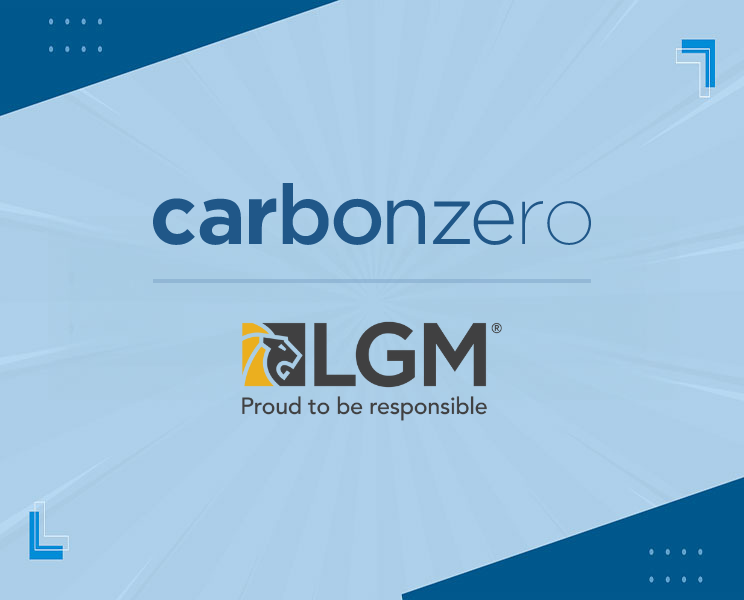As appeared in the May 2016 issue of Canadian Auto World
By: Jeff Fallowfield, President of Distribution and Marketing
It’s hard to imagine a consumer experience more physical and multi-sensory than grocery shopping. In-store features like enticing food displays, warm lighting and free samples strongly influence purchasing decisions and convince customers to stray from their shopping lists. As a result of this uniquely in-person approach to selling goods, digital expansion for grocery retail was originally seen as a near impossible frontier.
Today, mammoth operations like Tesco and Fresh Direct have flourished in the online space. They’ve managed to create exciting virtual experiences and have capitalized on loyal customers in urban markets by encouraging weekly orders and convenient pick-up practices. So, we have to ask – how did they make the lucrative and successful transition from real-world to online shopping?
For the March issue of Canadian Auto World, I wrote an article on the changing behaviour of the digital consumer and how the wealth of information available online has inspired car buyers to conduct extensive independent research prior to visiting a dealership. I argued that the Business Office has yet to make the most of the digital buying journey because we don’t proactively seek to answer customer questions or provide them with sufficient F&I product information during this highly influential research period.
I would now like to turn your attention to the interaction phase of the car-buying experience and how the digital consumer will forever alter the point-of-sale process in automotive and other industries, as well.
Just as some grocery chains have managed to redefine the way they interact with customers, so too have players in the wealth management industry. In their report, “Taking wealth management digital,” PwC’s global consulting team – Strategy& – detail how digitization can lead to stronger client relationships, reduced operating costs, and enhanced risk management and regulatory compliance capabilities for wealth management firms. According to their analysis, some innovative wealth management firms allow members to post their investment portfolios online and compare performance via social networking tools. The relationship-driven business model in private banking isn’t becoming obsolete, but rather there is a shift from personal interaction to digitization-enabled client interactions – what they call the “high-touch, high-tech model.”
The adaptability of these industries should serve as inspiration to the automotive sector and the world of F&I. Like us, these retailers grapple with the intense demands of new-age consumers, often referred to as “Generation Now,” and have adjusted their business models to provide instantaneous customer service.
No matter the industry, technological advancement and heightened consumer expectations go hand-in-hand. Like so many of us, Business Office and Sales staff are expected to cater to consumers outside of traditional office hours and respond to email queries immediately – some argue within two hours of receipt, or less. Furthermore, many dealerships have had to establish a sophisticated digital presence, staffing several social media accounts and regularly feeding content through those channels to provide customers with the latest sales news. In addition to selling cars and F&I products, dealership employees must be well-versed in social media marketing, ethics and legal requirements in order to maximize community outreach and stay competitive in both online and offline spaces.
There isn’t a “one-size-fits-all” model to implement when it comes to digital interaction; we are now dabbling in a multitude of channels and responding at an increased pace. Why? Because our customers demand it.
In this fast-paced environment, it can be difficult to ensure dealers have up-to-date consumer profile information at any given phase in the car-buying process, thus creating a disconnect with the buyer once they enter the Business Office. For example, knowledge transfer between the OEM and the dealer isn’t always seamless; recognizing the consumer enters their customized build & price information on an OEM website as part of their research and planning, they may be provided with different purchase information on-site at their dealership – a common pain point for consumers on a budget. How can we better connect online and offline behaviour when it comes to the typical sales journey?
In my mind, the F&I industry has the same opportunity to achieve success as leaders in the online grocery or wealth management fields. Like them, our goal shouldn’t be to conduct every aspect of our business online and rely solely on digital relationships. Rather, let’s strive towards establishing a balance between a stimulating online environment that can absorb some of the work traditionally done face-to-face, and further supported by a simplified in-store experience. If we start to focus our efforts on process integration and knowledge sharing, the customer should ideally move through the Business Office process quickly and effortlessly, in 30 minutes or less, leaving satisfied and eager to return to that same dealership in the future. Read the May 2016 digital edition of Canadian AutoWorld


